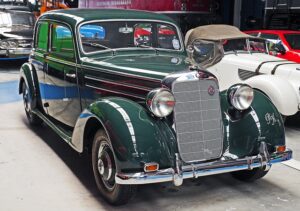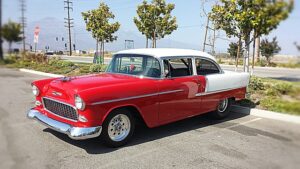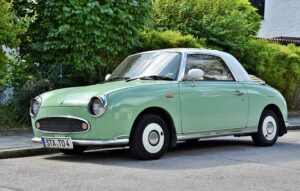Introduction
A small engine carburetor is a vital component in the functioning of many small engines, including those found in lawnmowers, chainsaws, and generators. It plays a crucial role in mixing the right amount of air and fuel to create a combustible mixture that powers the engine. Understanding how a small engine carburetor works can help users troubleshoot and maintain their equipment effectively.
Components of a Small Engine Carburetor
A small engine carburetor consists of several key components that work together to regulate the air-fuel mixture. These components include:
1. Fuel Bowl: The fuel bowl is a reservoir that holds the fuel before it enters the carburetor. It is typically located at the bottom of the carburetor and has a float that controls the fuel level.
2. Float: The float is a buoyant device that rises and falls with the fuel level in the fuel bowl. It is connected to a needle valve that regulates the flow of fuel into the carburetor.
3. Venturi: The venturi is a narrow section in the carburetor where the air speeds up, creating a low-pressure area. This low-pressure area draws fuel from the fuel bowl into the airflow.
4. Throttle Valve: The throttle valve, also known as the butterfly valve, controls the amount of air entering the carburetor. It is connected to the throttle lever, which the user operates to control the engine’s speed.
5. Jet: The jet is a small opening through which fuel is mixed with the incoming air. The size of the jet determines the amount of fuel flowing into the carburetor.
How a Small Engine Carburetor Works
The functioning of a small engine carburetor can be summarized in the following steps:
1. Air Intake: When the engine is running, air is drawn into the carburetor through the air filter.
2. Fuel Delivery: As air enters the carburetor, it passes through the venturi, creating a low-pressure area. This low-pressure area draws fuel from the fuel bowl through the jet. The fuel mixes with the incoming air, creating an atomized mixture.
3. Air-Fuel Mixture Regulation: The throttle valve controls the amount of air entering the carburetor. As the throttle valve opens or closes, it adjusts the airflow, which in turn regulates the amount of fuel drawn into the carburetor.
4. Combustion: The air-fuel mixture is then delivered to the engine’s combustion chamber, where it is ignited by a spark plug. The combustion process generates power, which drives the engine’s mechanical components.
Conclusion
A small engine carburetor is a critical component that regulates the air-fuel mixture necessary for the efficient operation of small engines. By understanding its components and how it works, users can troubleshoot carburetor-related issues and ensure proper maintenance of their equipment.
References
– www.popularmechanics.com
– www.briggsandstratton.com
– www.howstuffworks.com













